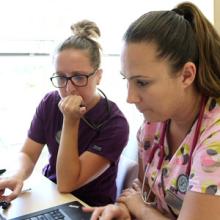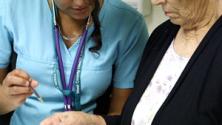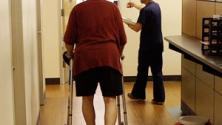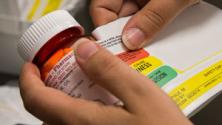What is the challenge?
Older research showed that Americans received only half of the services that evidence indicates they need. It has improved some with time, but national quality data still reveal major gaps in the quality of ambulatory care, even for patients who regularly use the health care system.
What needs to change?
The Institute of Medicine in its pivotal report, Crossing the Quality Chasm, attributes the mediocre quality of U.S. health care to the medical care system’s reactive nature. Encounters tend to be devoted to acute problems leaving little time to meet patients’ preventive or chronic illness care needs. If these needs are identified prior to the encounter, a well-organized practice team can ensure that patients get the services they need. To do so, practices need ready access to information on what services are due, clear assignment of tasks to specific practice team members, and pre-visit meetings to plan care.
What do we gain by making these changes?
Practices that use patient data to identify needs, and organize the team to meet those needs see noticeable improvement in their quality metrics.
- Assign the delivery of key services to specific staff and ensure that they are trained.
Developing roles and assigning tasks often begins by listing the common services/tasks required by evidence-based guidelines, and then deciding who on the team should provide them. LEAP practices try to move tasks away from providers by assigning them to RNs, MAs, or laypersons if allowed by state regulations. The goal is to assign tasks so that everyone on the team is working at the top of their license—and not doing things others with less training can do just as well or better. But even if state regulations allow staff to perform clinical functions, the practice must ensure that they have the skills to do so, which may require additional training.
- Use protocols and standing orders to allow staff to act independently.
If tasks delegated to staff require provider approval and/or documentation, it substantially reduces efficiency and limits opportunities to free up provider time. Pre-approved protocols and/or standing orders reduce the need for provider involvement. They also help make clinic visits more productive by enabling staff to collect relevant data and deliver services before the visit. In many LEAP practices, many preventive services are delivered before a provider sees the patient.
- Efficiently generate patient-specific data on services that are due.
To plan visits, core teams need up to data patient data before the visit. Ideally, the data for each patient would include:
a. Preventive services needed—dates and results of most recent services received.
b. Chronic illness services needed—dates and results of most recent services received.
c. Other service needs.Electronic health records (EHRs) vary in their capacity to generate patient-level summary data of this type, but several LEAP sites have aggressively sought help from their EHR vendor or vendor users groups to adjust their EHRs to produce registry-like data or exception reports.
- Huddle the core practice team and review patient before clinic sessions.
The process of planned care begins with reviewing patient data to determine services that are due or overdue. Most LEAP sites have found that it is more efficient to have the team MA conduct the EHR review (“chart scrub”) before the team huddles. In the morning or pre-session huddle, the provider shares priorities and concerns for the visit, the MA reviews the results of the chart scrub, and the visit is planned.
- Plan follow-up
Regular follow-up has been repeatedly shown to improve outcomes, especially when executed by non-provider staff outside of clinic visits. As a consequence, many LEAP sites made time for MAs and RNs to follow up by telephone or secure message with patients seen in the clinic. To ensure that patients are followed up, some teams huddle again at the end of a clinic session to plan aftercare.
Publications
WorkflowTemplates, flow sheets and mapping aids
Role featuresJob descriptions, career ladders and other HR materials
ToolkitsImplementation guides and other documents with extensive resources included
Clinical protocolStanding orders, risk stratification forms and hospital transition protocols
Video
If you have a question about the improvements, action steps, or tools & resources in this module please let us know. We're here to help. And if we can't answer your question, we can probably connect you with someone who can.










